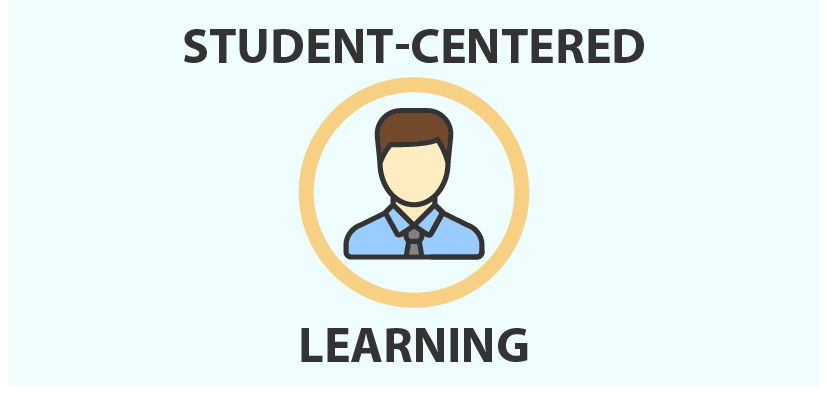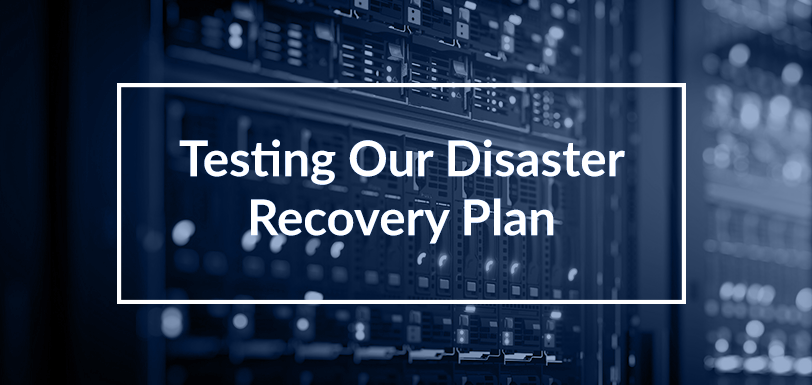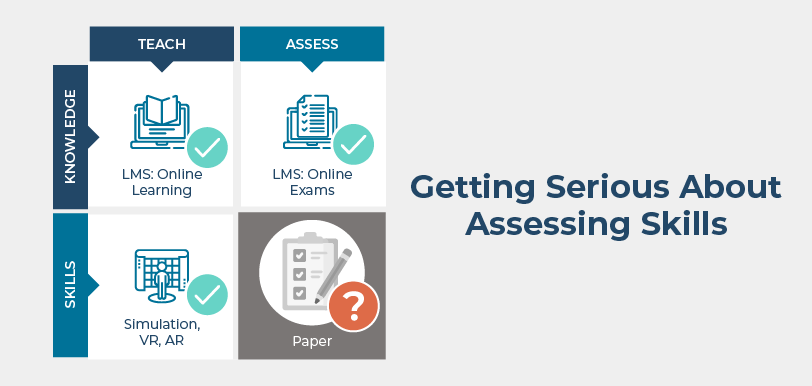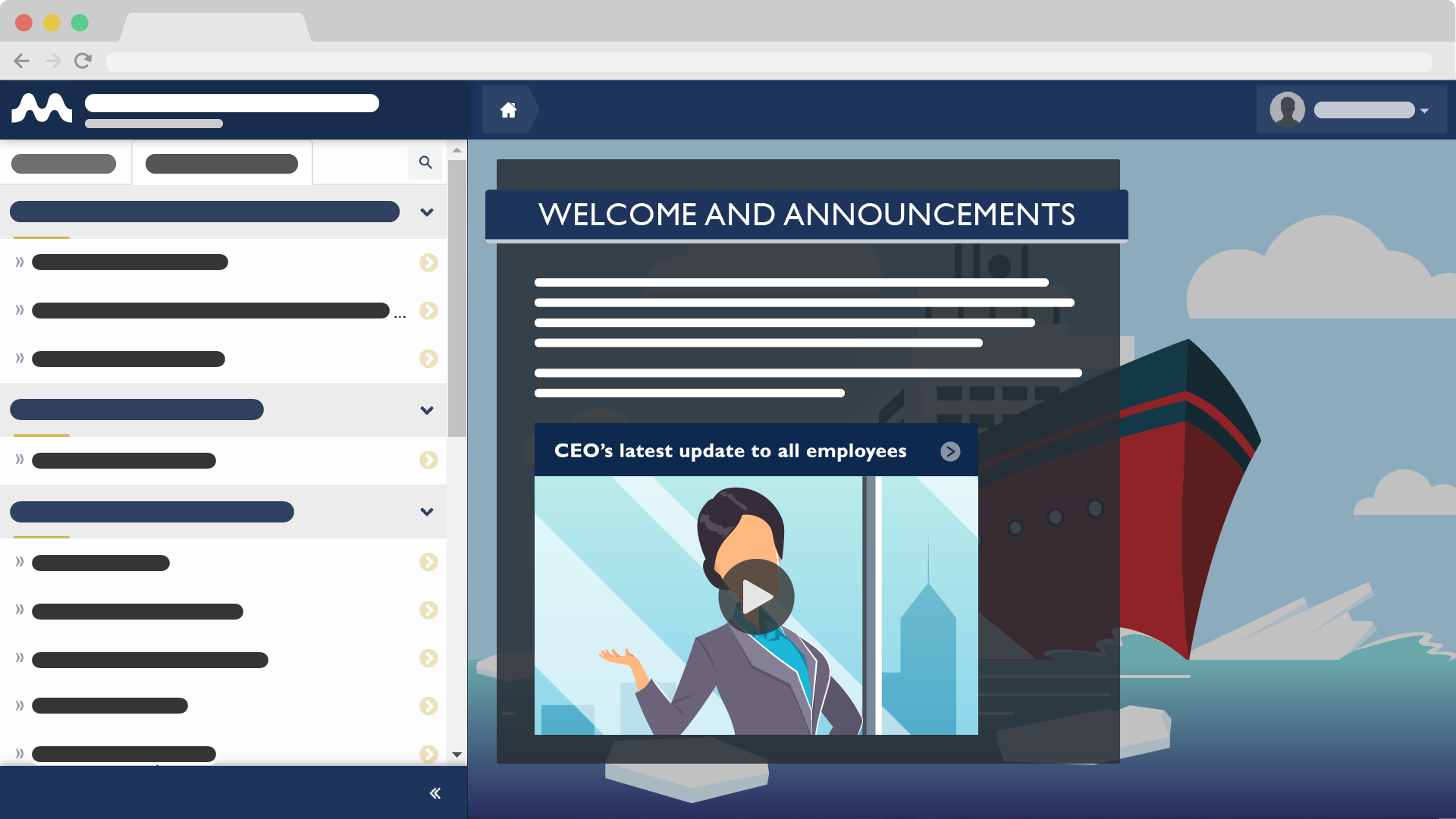Engage Trainees with Student-Centered Learning
Jun 1, 2016 Murray Goldberg 0 Maritime Training, Student-Centered TrainingIntroduction
The term “student-centered learning” is one that many trainers may have not heard before. Yet it is an important training concept, and one that all maritime trainers should understand and consider.
Student-centered learning is credited with improving trainee motivation, trainer-trainee relationships, and increasing the trainee’s own responsibility for their training. Many feel that as a result, training outcomes are improved. So what is student-centered learning and how is it applicable to the maritime industry?
What is Student-Centered Learning?
The idea of student-centered learning is that, rather than training being focused on the needs of the trainer (as it often is), the training is focused on the needs of each trainee.
Traditional instructor-lead, classroom courses are highly trainer-centered. They occur where and when the trainer is available. They proceed at the pace dictated by the trainer. The trainer stands at the front of the class and lectures. The trainees are left to follow along and ask questions.
Most training also assumes that there is a “typical” trainee, and teaches to that mythical person. As many of you already know, there is no such thing as a “typical” student. Every person is different, with different backgrounds, learning styles, foundational knowledge, and goals. Yet even so, the majority of the training we deliver is “one size fits all”. Trainees are offered a single experience, designed to suit the “typical trainee”, and they are left to adapt to the training experience as best they can.
The opposite of trainer-centered is student-, or trainee-centered. Being trainee-centered means that the training conforms to each trainee. It accommodates their individual learning styles, their varying level of academic ability and pre-existing knowledge, and their location and time constraints. It puts the trainee at the center of the training process instead, offering better and more effective results.
The reason that most existing training isn’t trainee-centered is because the costs would simply be too high to tailor an in-person learning experience to individuals. Luckily, there are some practical and effective techniques and tools available. A few are listed below:
Use eLearning to Adapt to Individual Learning Styles, Experience and Knowledge
With classroom-based training it is difficult to accommodate the different academic abilities, levels of experience, and levels of knowledge that your trainees each come with. This tends to result in half the class being bored with a lecture that is too slow or covers topics which are too shallow, and the other half of the class being lost in a lecture which moves too quickly or is venturing into topics which are too complex.
If eLearning is a tool which you have at your disposal, it can help overcome these issues. A key advantage of eLearning is that it’s self-paced nature can accommodate these differences. Each trainee can spend as much or as little time as they need on that topic. If they already have a strong background in it, they can move quickly through the section. If the topic is new to them or presents a learning challenge, the trainee can take as much time as necessary and use additional company-provided or self-discovered resources.
Although all trainees are reach the same level of knowledge in the end, each one can customize their learning experience to best fit their own needs. Fewer bored or confused trainees can mean a better experience and better outcomes for all.
Enable Anytime/Anywhere Training
Another fundamental way to accommodate differing needs is to make the training location and schedule adapt to them.
This is especially important today in the face of life-long education. Long gone are the days when a mariner trains once at the beginning of their career, and then works for the remainder without engaging in formal education. It is now more important that our training conforms to our lives: our families, our professional responsibilities and our personal responsibilities.
Most face-to-face training does not conform to these needs. For example, if I am a mariner on a ferry working mornings this week, afternoons next week, and then traveling to a remote location the week after, it is impossible to engage in any substantial face-to face training. My only option is to leave work for some period and forgo my leisure time to travel for training.
Fortunately, the growing presence of eLearning is helping to solve this problem. As vessel operators, maritime colleges and maritime professional development programs employ eLearning, the side benefit of student-centered learning emerges. In the example above, the same mariner can study online in the evenings, in the mornings or from their remote location.
If it is the case that the educational experience is blended (includes in-person training), then the duration of the face-to-face component is reduced. Thus reducing the time away from work, family and other responsibilities.
Use Blended Learning Techniques to Create the “Typical Student”
Speaking of blended learning, although eLearning can adapt to different learning styles and is an excellent tool for teaching knowledge, it is not well suited to the training of skills (aside from simulations). And in the maritime industry, skills are a critical component of mariner training.
So – if skills generally need to be taught in person, how can we help level the playing field so that trainees are neither bored nor confused with an in-person training experience?
The answer is that we can bring all trainees up to a specific level of knowledge. We try turn them into a “typical student”, before the in-person training begins.
Blended learning is our friend here. Blended learning is the technique of combining training models to improve training outcomes. The specific example which is useful in this case is to break the training of skills into two components:
- There is the foundational knowledge which underlies the skill. This is a critical for performing a skill reliably and under varying conditions.
- There is the performance of the skill itself.
Since competency in a skill requires both knowledge and performance components, we separately recognize and accommodate each. How can we do this?
First, if we use eLearning to teach the knowledge underlying the skill, then this component of the learning process is inherently trainee-centered (as indicated above). Trainees can learn when and where they are able, and at the pace and depth required.
Once this first phase is complete, the trainees can move on to in-person training for skill performance. Now, all the trainees begin in-person training with the knowledge gained in the first phase. They arrive with a relatively uniform level of knowledge making them each more like the “typical student”.
This general technique of using blended learning to create a two-phased training approach (where the first phase is eLearning and the second phase is in-person training) has been used with great success. It accommodates a greater variety of trainees, it makes the second phase shorter and much more efficient, and it improves training outcomes.
Use Peer Learning and Give Your Trainees a Voice
Another way to encourage student-centered learning is giving a “voice” to your trainees. Instead of asking them to be passive receptors of knowledge and skills, engage them in the learning experience by having them share their knowledge with one another. It causes them to reflect, analyse and interact. These are very important skills which are difficult to train, but can be learned through practice. Peer-learning (giving trainees an opportunity to share their knowledge with one another) gives them this practice and moves the focus from you, the trainer, to them, the trainees.
One of the most effective means of enabling peer learning is through the use of online discussion or community software. We will discuss more online discussions or communities in future posts, however let’s quickly go over some advantages:
- Participation from any location
- Asynchronous discussions where participants do not need to be conversing at the same time in order to participate
- Multiple, concurrent conversations
- User choice a trainee can participate in whichever conversations they want and ignore the rest
Conclusion
Student-centered learning is a valuable and effective technique to engage your trainees and increase the degree of reflection and analysis in the training you provide. These are abilities we would like all of our mariners to have. Additionally, by accommodating individual trainees needs and learning styles, we are improving access to training, and likely improving training outcomes. Student-centered training is something we should always have in mind when looking at improving our training programs.
Follow this Blog!
Receive email notifications whenever a new maritime training article is posted. Enter your email address below:
Interested in Marine Learning Systems?
Contact us here to learn how you can upgrade your training delivery and management process to achieve superior safety and crew performance.






